Remember when our world wasn’t filled with digital beeps and notification chimes? Those of us who grew up in simpler times can still recall the authentic soundtrack of daily life that has slowly disappeared from our modern world. These beloved sounds from our past might be gone, but they live on in our memories—bringing back moments of childhood, teenage adventures, and the comforting routines of yesteryear.
1. Rotary Phone Dialing
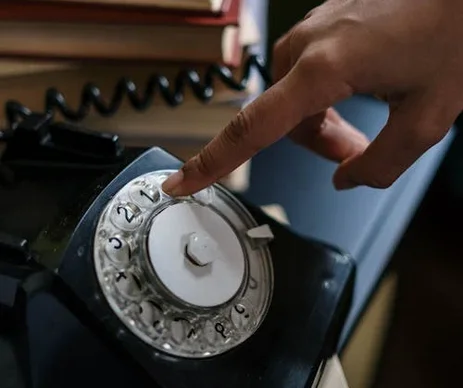
That distinctive clicking whir as you turned the dial on a rotary phone was once the gateway to communication with the outside world. Each number you dialed created its own rhythm—a slow, mechanical song that built anticipation as you waited to connect with a friend or family member. The sound reflected the unhurried pace of life, when calling someone required physical effort and a moment of deliberate patience. Axios reports on the landline finding a fanbase among Gen Z, so a comeback may be imminent.
Many of us can still feel the smooth, cool plastic of the dial beneath our finger and the satisfying resistance as we turned it clockwise. The subtle spring-loaded release as the dial returned to its resting position was oddly satisfying, like completing a small task with precision. These phones weren’t just communication devices; they were beautifully designed machines whose sounds announced your intention to reach out to someone across town or across the country.
2. TV Sign-Off with the National Anthem
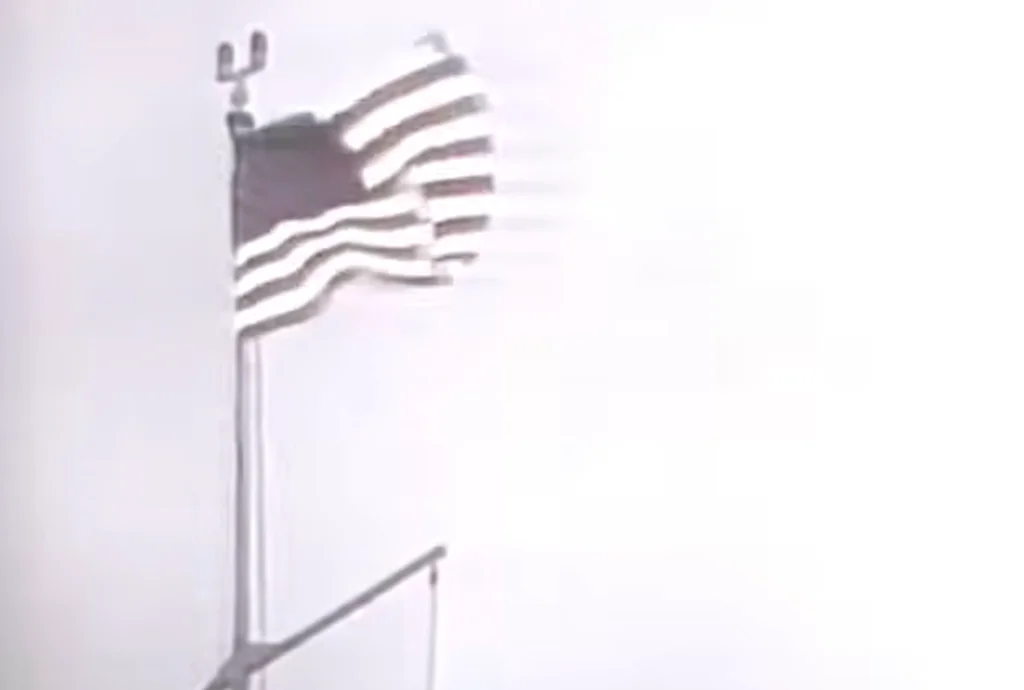
The solemn playing of the National Anthem followed by the static hiss of a station signing off signaled the official end of the broadcast day. It was a nightly ritual that told Americans it was truly time for bed, as television programming didn’t run 24 hours like it does today. This patriotic finale often featured stirring visuals of American landscapes, military personnel, or waving flags that made you feel connected to something bigger than yourself. This wasn’t the only sign-off, and Portable Press explores some others we saw before TV time was over.
The sudden switch to static or the test pattern that followed created an unmistakable ambiance in darkened living rooms across America. Parents would use this signal as the definitive “time to turn in” announcement that no child could reasonably argue with. The finality of that static hiss represented a different relationship with media—one where entertainment had boundaries and nighttime was truly reserved for rest.
3. Film Projector in Classrooms
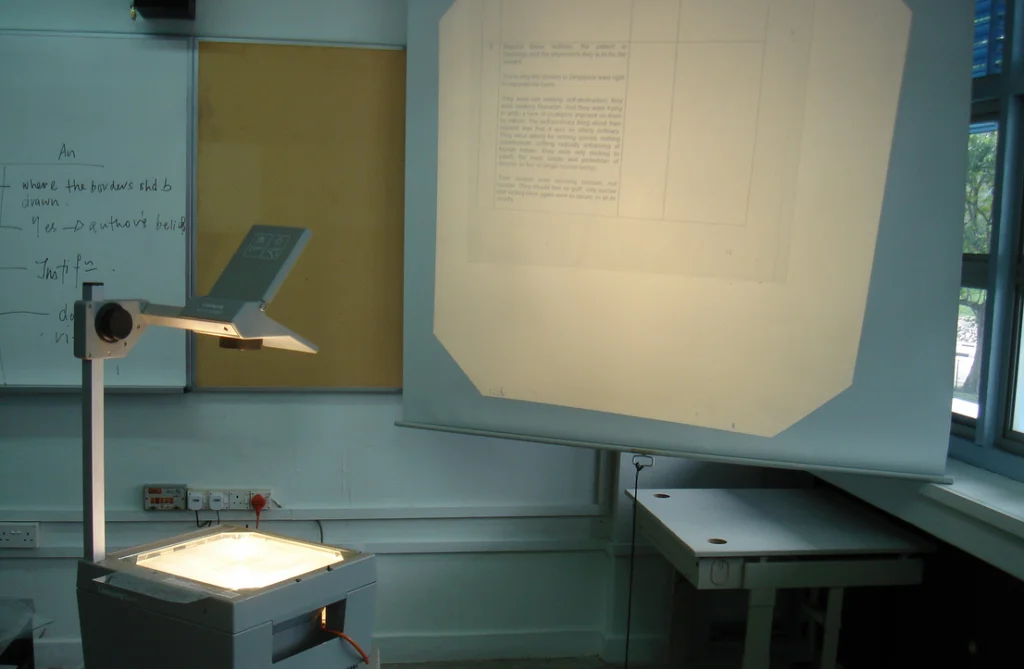
The moment the teacher wheeled in the film projector was always met with excited whispers and the shuffling of chairs for optimal viewing positions. That distinctive mechanical clicking as the film threaded through the sprockets created a sense of anticipation for the educational adventure ahead. The whirring fan of the projector provided a soothing white noise that sometimes lulled drowsy students to sleep during particularly dry educational films. Lightform puts into perspective how far this technology has come.
The teacher would dim the lights, pull down the screen, and suddenly the classroom transformed into a miniature cinema. The occasional film break would elicit groans from students and frantic rethreading from teachers struggling to maintain order in the darkened room. Those flickering educational films about nature, history, or safety rules were often outdated even when we watched them, but the ritual of the film day remained a cherished break from normal classroom routine.
4. Vinyl Records Being Placed on a Turntable
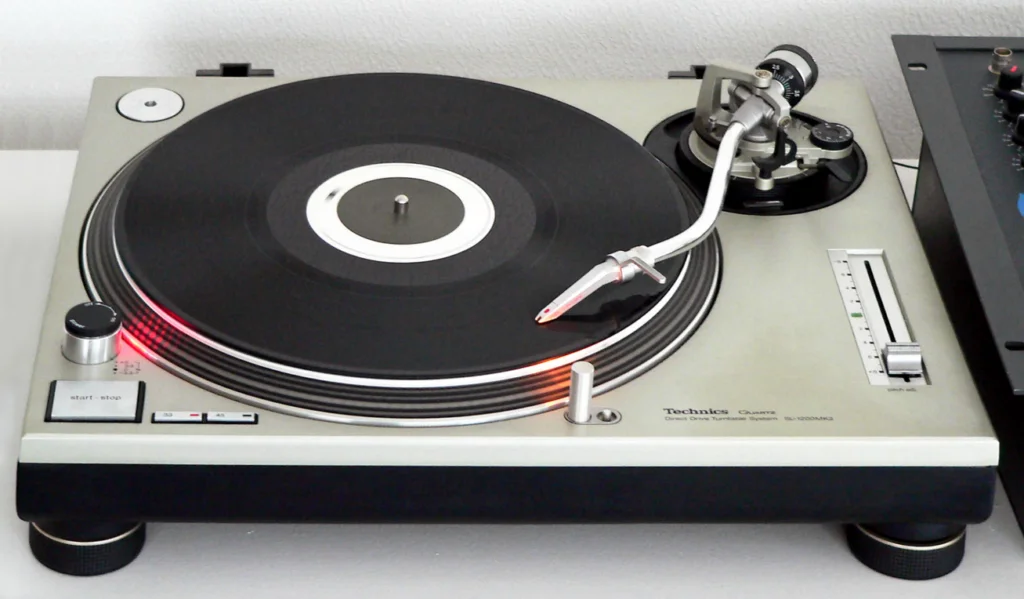
The delicate scrape of a vinyl record being carefully removed from its paper sleeve was a sound that signaled the intentional act of choosing music. Lowering the needle onto the spinning record produced that initial crackle and pop—a prelude that built anticipation for the first notes of your favorite song. The warm, imperfect sound that followed was somehow more authentic and present than today’s digital perfection.
Dedicated music lovers knew the specific sounds their favorite albums made—that little skip in the third track or the extra pop before the chorus on side B. The ritual of flipping the record halfway through and dropping the needle again was a natural intermission that created a different relationship with music than today’s endless streaming. When the needle reached the inner groove and produced that repetitive soft thump, it was like the music whispering that it was time to make another choice.
5. Cash Register Cha-Ching
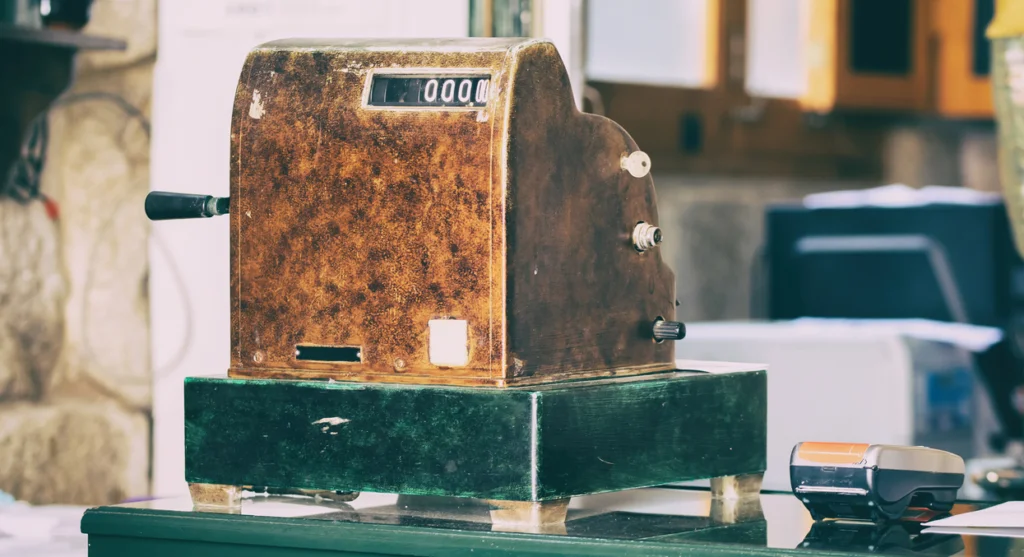
The satisfying mechanical cha-ching of an old-fashioned cash register was the universal sound of commerce completed. When a sales clerk pushed those big mechanical keys and the cash drawer shot open with authority, it provided a visceral finality to your transaction. The sound represented fair exchange, the movement of money, and the completion of a purchase in a way that the soft beeps of today’s electronic registers simply cannot match.
Store clerks developed an almost musical rhythm as they rang up purchases, counted change, and slammed the drawer shut. Department stores during the holiday season created a symphony of these mechanical cha-chings that embodied the bustling commercial spirit of the season. Children would stare mesmerized as the clerk performed this mechanical dance, often hoping to be the one allowed to push the shiny keys or help close the heavy drawer.
6. Typewriter Clacking
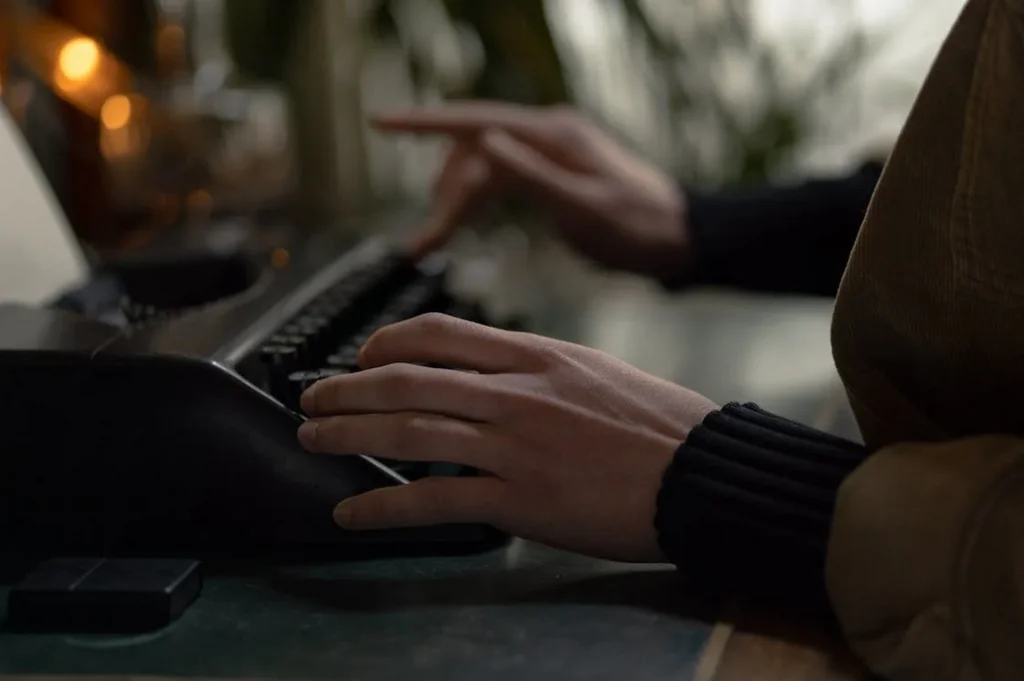
The percussive symphony of a typing pool in full swing was once the soundtrack of productivity in offices across America. Each keystroke produced a satisfying mechanical clack that confirmed your thoughts were being permanently transferred to paper. The decisive ding of the carriage return bell signaled the typist to slap the lever and start a fresh line in one fluid, practiced motion.
The varying rhythms told observant listeners about the typist’s skill level, mood, and even the nature of the document being created. Experienced typists could achieve impressive speeds, creating a blur of letters hammering against the page with astonishing accuracy in a pre-digital age. The soft swish of inserting a fresh piece of paper and rolling it into position was a ritual that started every new document with purpose and intention.
7. TV Dial Changing with a Satisfying Clunk
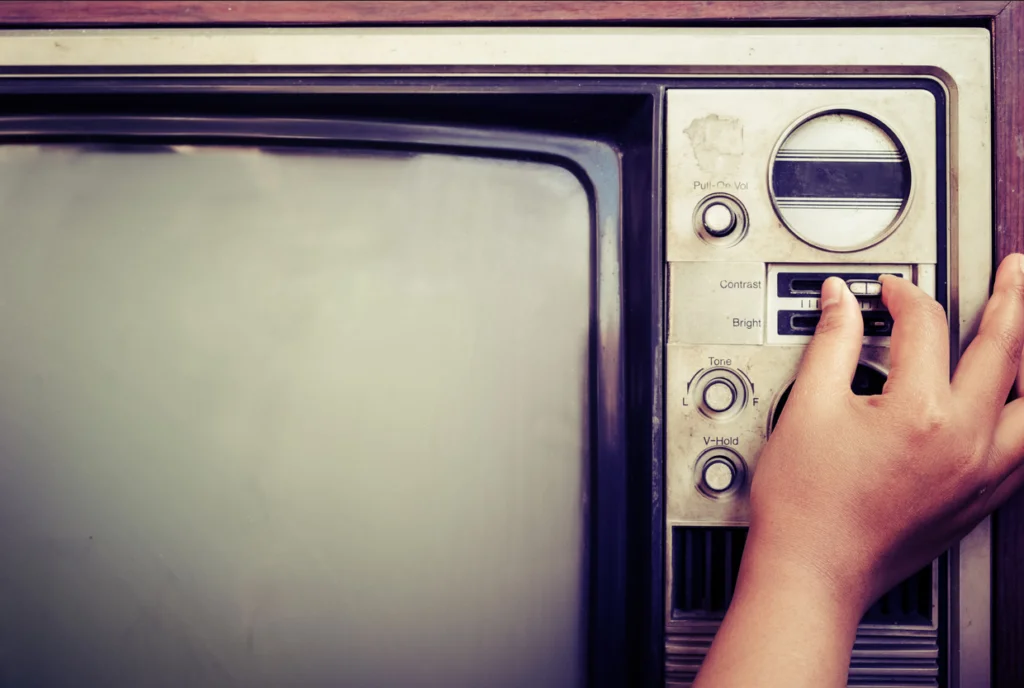
Before remote controls became ubiquitous, changing the channel meant physically walking to the television and turning a substantial dial that moved with a satisfying mechanical clunk. This deliberate action meant you had to make intentional viewing choices rather than casually flipping through hundreds of channels. The sound reflected the significant mechanical action taking place inside the television as tuners physically moved to receive a different broadcast frequency.
The click-click-click as you moved through the limited selection of channels had a tactile quality that connected you directly to the technology. Younger siblings often served as the family’s human remote control, stationed near the TV to change channels on command from parents comfortably seated across the room. Static between channels created brief audio-visual snowstorms that made the eventual clear picture and sound all the more satisfying when you found your desired program.
8. Flashbulbs Popping at Special Events
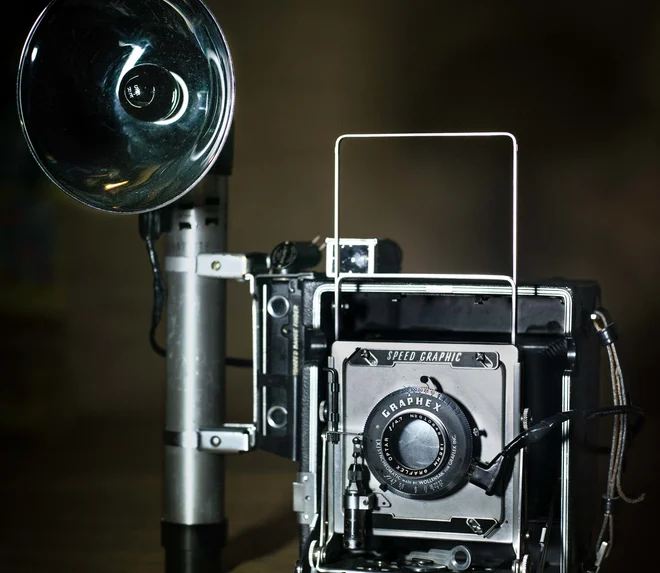
The distinctive pop and sizzle of camera flashbulbs turned special occasions into events punctuated by bursts of artificial daylight. Unlike today’s silent digital photography, these chemical light explosions created a sensory experience that let everyone know a moment was being preserved for posterity. After a particularly photo-worthy moment at weddings or graduations, the air would be filled with the smell of the burnt flashbulbs as a chemical confirmation of memory-making.
Professional photographers would carry pockets full of these bulbs, replacing them with practiced efficiency after each carefully composed shot. The sound created a Pavlovian response—when you heard it, you knew to hold your smile for just a moment longer as others scrambled to capture the same scene. Amateur family photographers would often warn everyone, “I’m going to take a picture now,” creating a momentary pause in the action before the distinctive pop that seared the moment onto film.
9. Ice Cream Truck Music

The tinkling melody of the approaching ice cream truck could empty playgrounds and swimming pools in seconds as children ran home to beg for change. That distant music gradually growing louder created a sense of urgency—a call to action that said summer joy was approaching but wouldn’t wait forever. The simple mechanical music box melodies like “Turkey in the Straw” or “The Entertainer” became forever associated with sweet treats and summer freedom.
Parents would recognize the calculating look in their children’s eyes as they tried to determine if there was time to secure money before the truck passed by their house. The music served as a primitive but effective location system, helping children triangulate the truck’s position in the neighborhood through sound alone. As the truck departed, the fading melody created a bittersweet doppler effect that embodied the ephemeral nature of childhood pleasures.
10. Mimeograph Machine and Ditto Copies
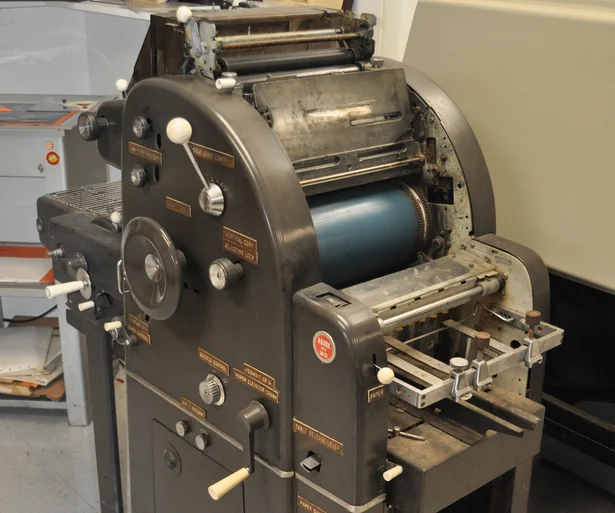
The hand-cranked mimeograph machine produced a distinctive swooshing rhythm as teachers created classroom materials one page at a time. The smell of the fresh purple ink combined with the sound of the drum rotating created a multi-sensory experience that announced new assignments were imminent. Students would practically press their noses to the still-damp pages, inhaling the chemical sweetness of fresh dittos that somehow made even math worksheets momentarily appealing.
Teachers would emerge from the copy room with purple-stained fingers and a stack of slightly damp worksheets that left faint imprints on everything they touched. The sound of these papers being distributed—slapped down on each desk with authority—signaled the transition to serious academic work. The rustle of thirty students simultaneously sniffing their freshly-printed worksheets created a classroom ritual that today’s laser-printed materials simply cannot replicate.
11. Manual Car Window Cranks
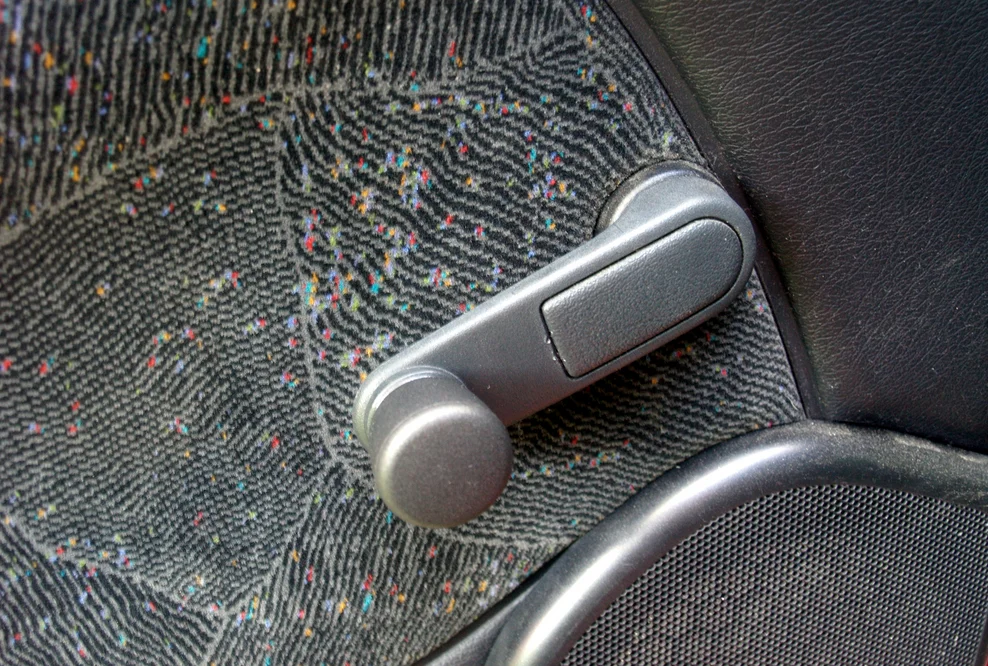
The circular grinding sound of manually rolling down a car window created a direct connection between human effort and mechanical result. During summer drives, the decision to lower windows required physical commitment—the driver and passengers working their respective cranks in unison to create the perfect cross-breeze. The resistance of the mechanism changed subtly throughout the window’s journey, creating a tactile experience that electric windows simply cannot provide.
Parents would often need to reach across the backseat to help smaller children who lacked the strength to operate these mechanisms effectively. The sound of windows being frantically rolled up at the first drops of rain created a panicked symphony inside the car. The manual nature of this everyday action meant that drivers could identify by sound alone whether a passenger was tampering with their window without taking their eyes off the road.
12. Neighborhood Screen Doors Slamming
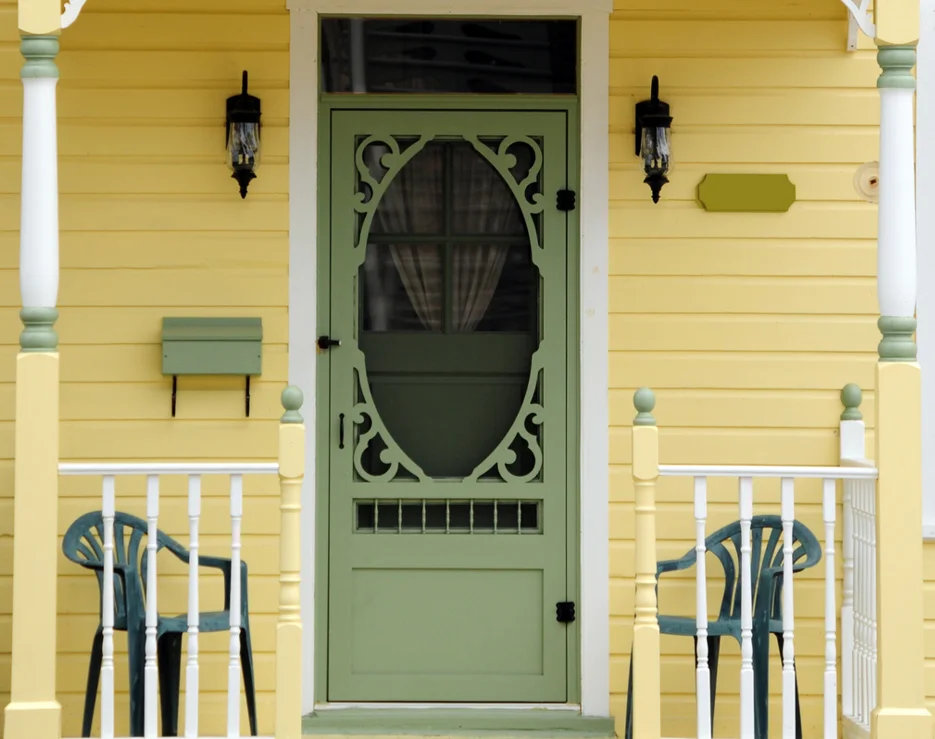
The distinctive slap-bang of wooden screen doors throughout the neighborhood served as audible signals of children’s comings and goings during summer days. That sharp, unmistakable sound triggered parental awareness—an acoustic monitoring system that tracked neighborhood activity without requiring constant visual supervision. Each house’s door had its own acoustic signature, allowing locals to identify which neighbor was receiving visitors without even looking outside.
Mothers would call out “Don’t slam the screen door!” knowing full well their warning would be ignored in the excitement of summer freedom. The tension spring that controlled the door’s closure would gradually stretch throughout the season, creating a slower, more prolonged closing sound by late August. This simple sound represented the casual indoor-outdoor living that characterized American neighborhoods before air conditioning and digital entertainment kept families sealed inside their climate-controlled environments.
13. Telephone Party Lines Ringing
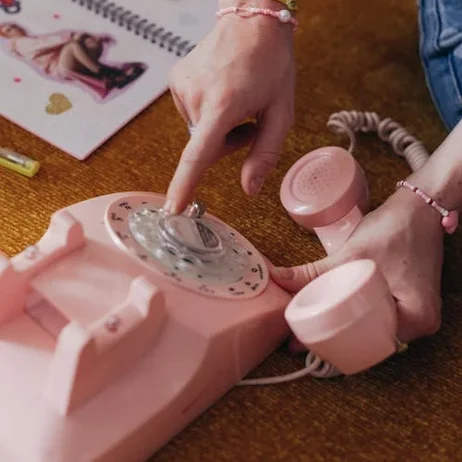
The distinctive ring patterns of party line telephones served as a selective calling system that created a unique auditory landscape in rural communities. Neighbors sharing a single telephone line would listen for their specific ring pattern—two shorts and a long might be for the Johnson family, while three quick rings signaled a call for the Smiths. This system created a fascinating hybrid of private and public communication where discretion was necessary but rarely practiced.
The temptation to quietly pick up and listen to neighbors’ conversations was a moral test that many failed, creating an early form of social networking through technological eavesdropping. The sound of someone else’s conversation being abruptly cut short when you picked up the phone told you that you weren’t the only one monitoring the community’s business. Even after private lines became more common, older residents would sometimes announce themselves when answering the phone—a verbal habit formed during the party line era when the caller might have been trying to reach someone else in the ring pattern.
These sounds from yesteryear might seem like mere nostalgic curiosities to younger generations, but for those of us who grew up with them, they form the acoustic backdrop of our formative years. While technology has given us convenience and instantaneous connection, something authentic was lost when these mechanical sounds were replaced by digital beeps and notification chimes. The next time you tap your smartphone screen, take a moment to remember when human actions produced real physical sounds—evidence of our direct relationship with the mechanical world around us.


